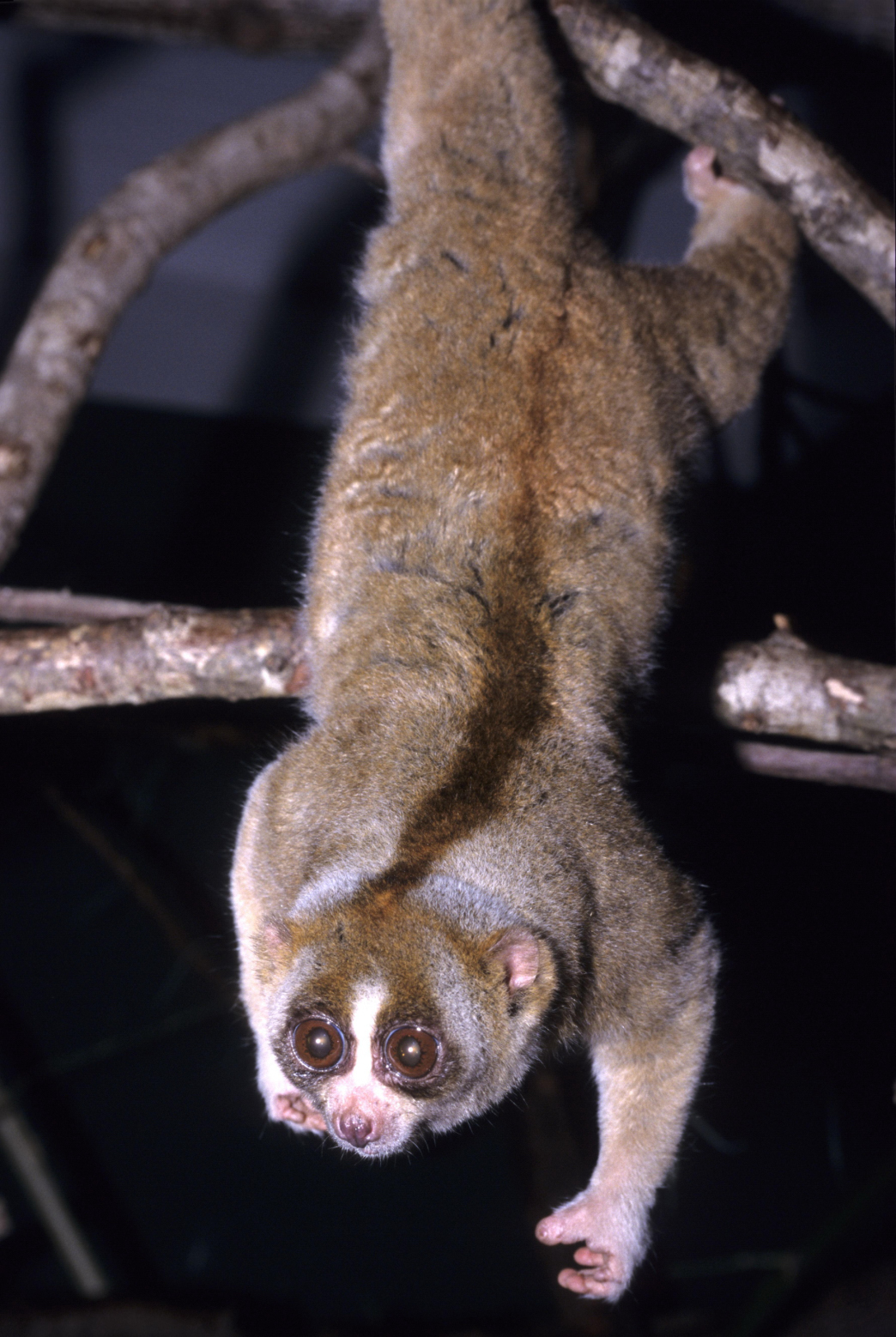- Joined
- Dec 3, 2017
- Messages
- 26,290
- Reaction score
- 16,771
- Gender
- Male
- Political Leaning
- Progressive

Slow Lorises Are Adorable but They Bite With Flesh-Rotting Venom (Published 2020)
Slow lorises are one of the world’s only venomous mammals. Even rarer, they use their venom on one another.
Slow lorises are one of the world’s only venomous mammals. Even rarer, they use their venom on one another.
With their bright saucer eyes, button noses and plump, fuzzy bodies, slow lorises — a group of small, nocturnal Asian primates — resemble adorable, living stuffed animals. But their innocuous looks belie a startling aggression: They pack vicious bites loaded with flesh-rotting venom. Even more surprising, new research reveals that the most frequent recipients of their toxic bites are other slow lorises.
“This very rare, weird behavior is happening in one of our closest primate relatives,” said Anna Nekaris, a primate conservationist at Oxford Brookes University and lead author of the findings, published Monday in Current Biology. “If the killer bunnies on Monty Python were a real animal, they would be slow lorises — but they would be attacking each other.”
Even before this new discovery, slow lorises already stood out as an evolutionary oddity. Scientists know of just five other types of venomous mammals: vampire bats, two species of shrew, platypuses and solenodons (an insectivorous mammal found in Cuba, the Dominican Republic and Haiti).
Researchers are just beginning to untangle the many mysteries of slow loris venom. One key component resembles the protein found in cat dander that triggers allergies in humans. But other unidentified compounds seem to lend additional toxicity and cause extreme pain. Strangely, to produce the venom, the melon-sized primates raise their arms above their head and quickly lick venomous oil-secreting glands located on their upper arms. The venom then pools in their grooved canines, which are sharp enough to slice into bone.

Slow loris - Wikipedia
Let's send a few to the WH for Christmas.
